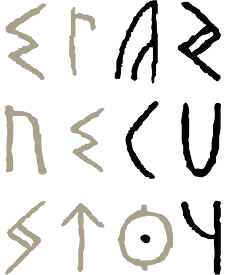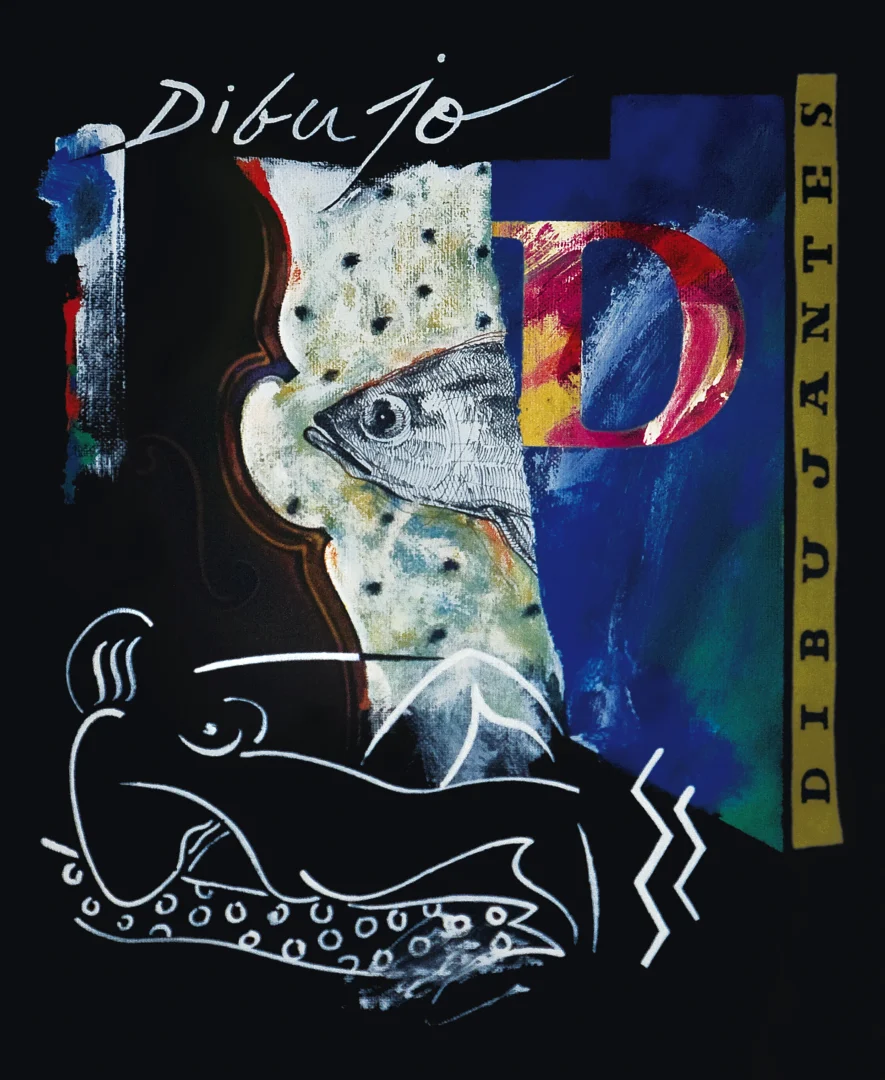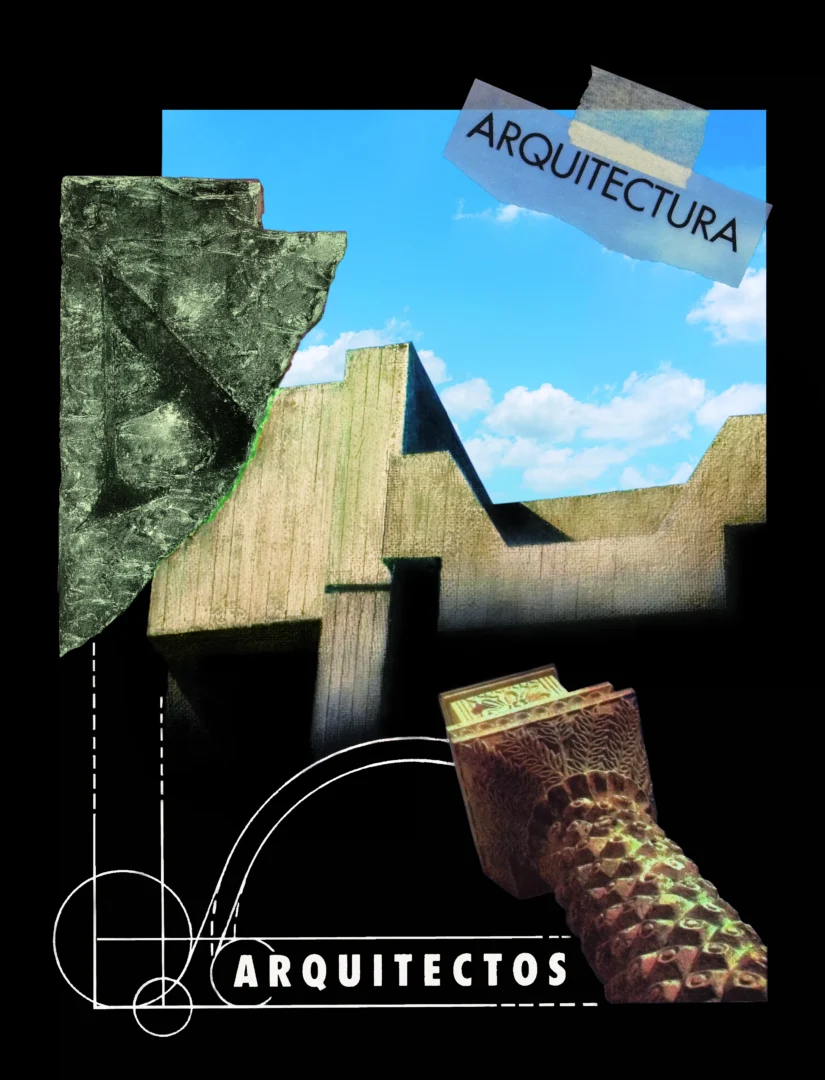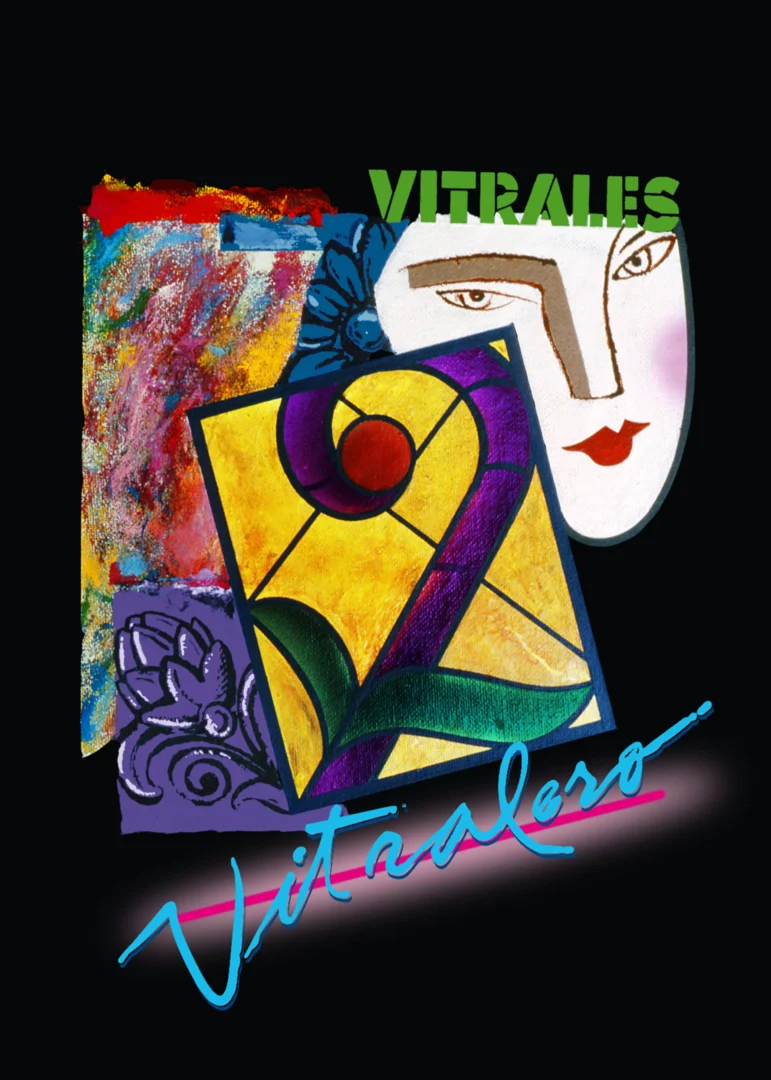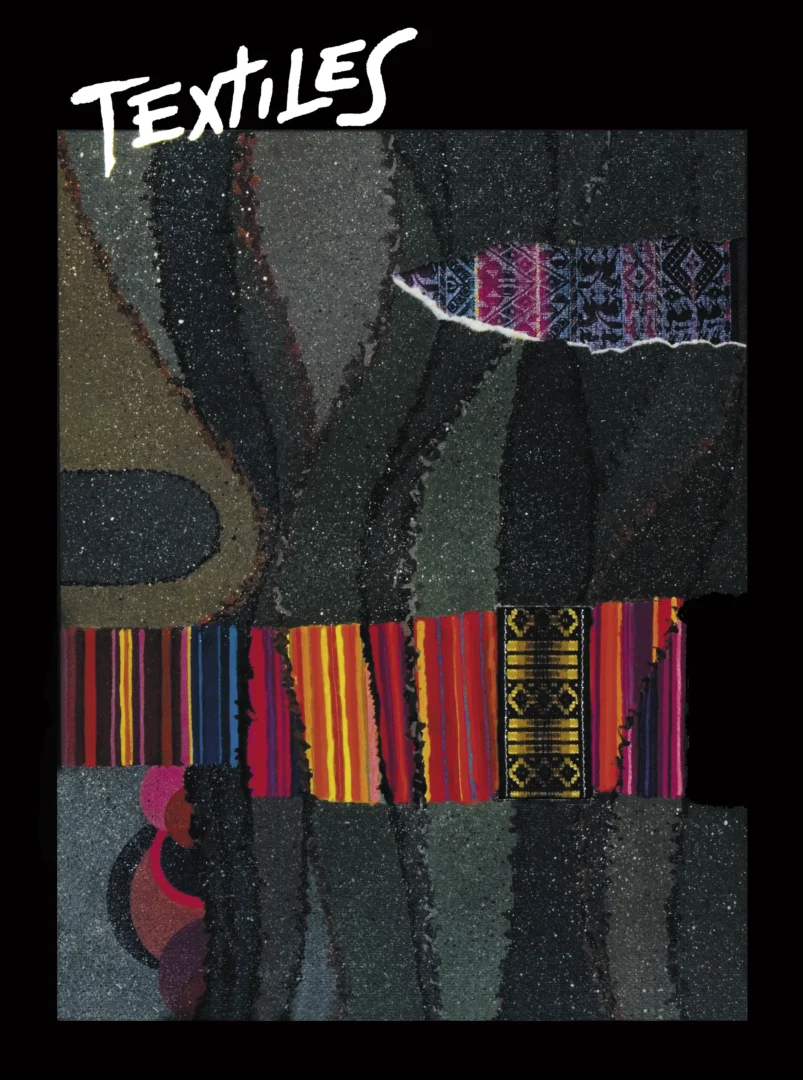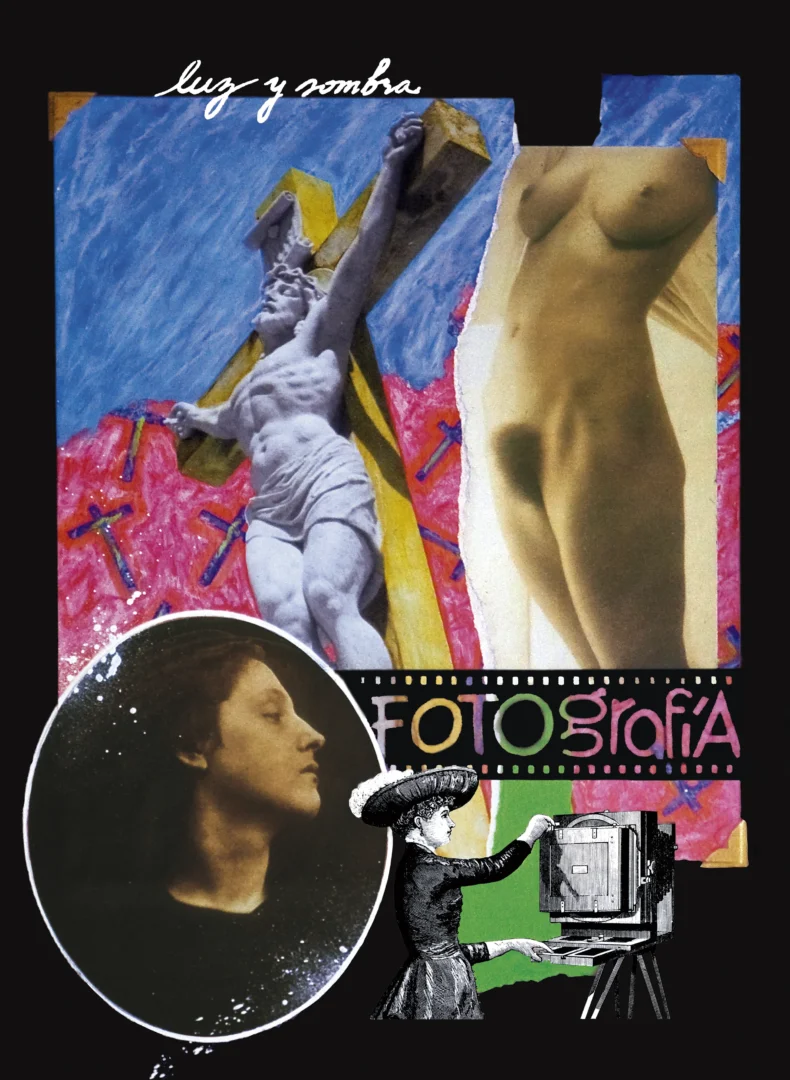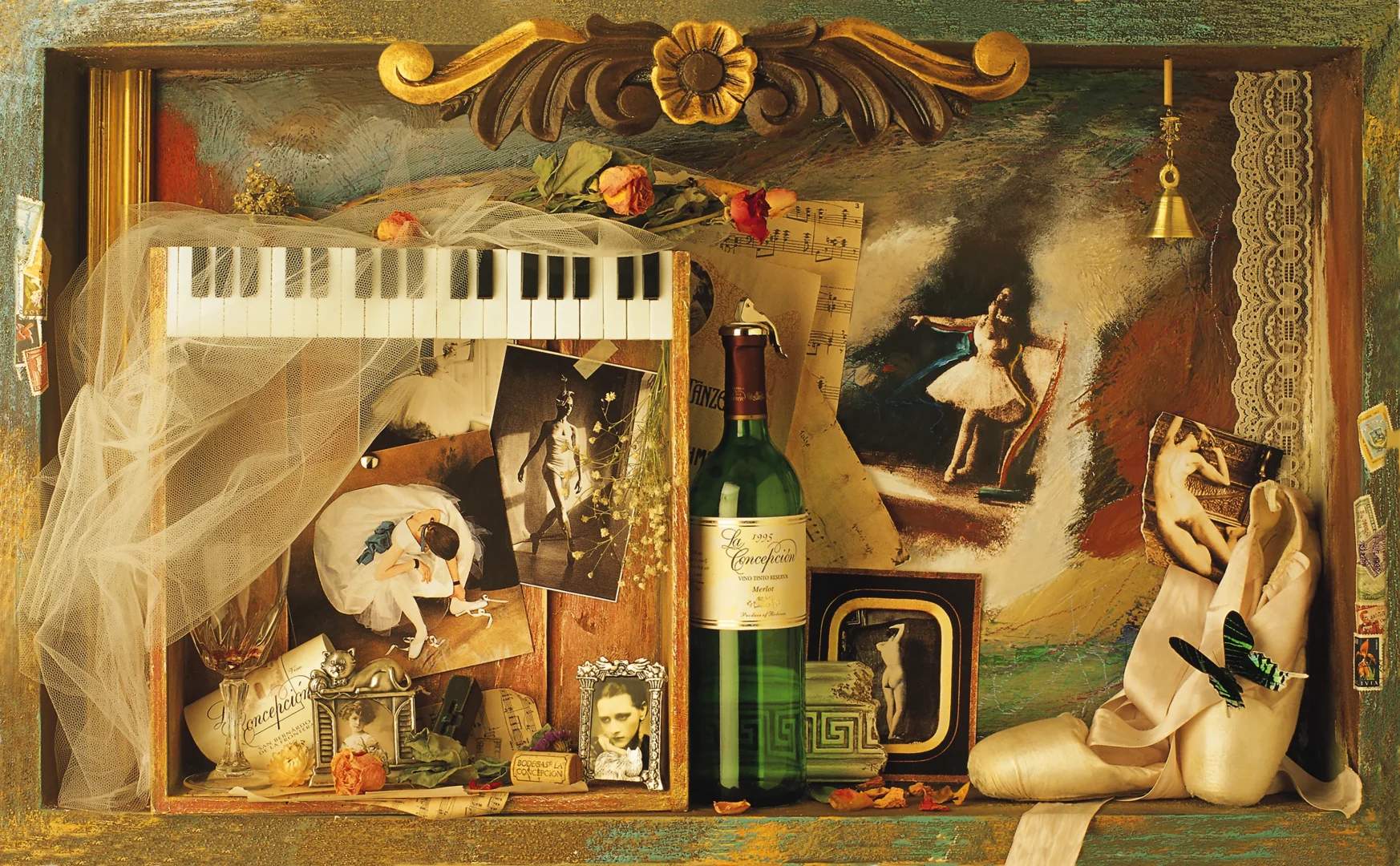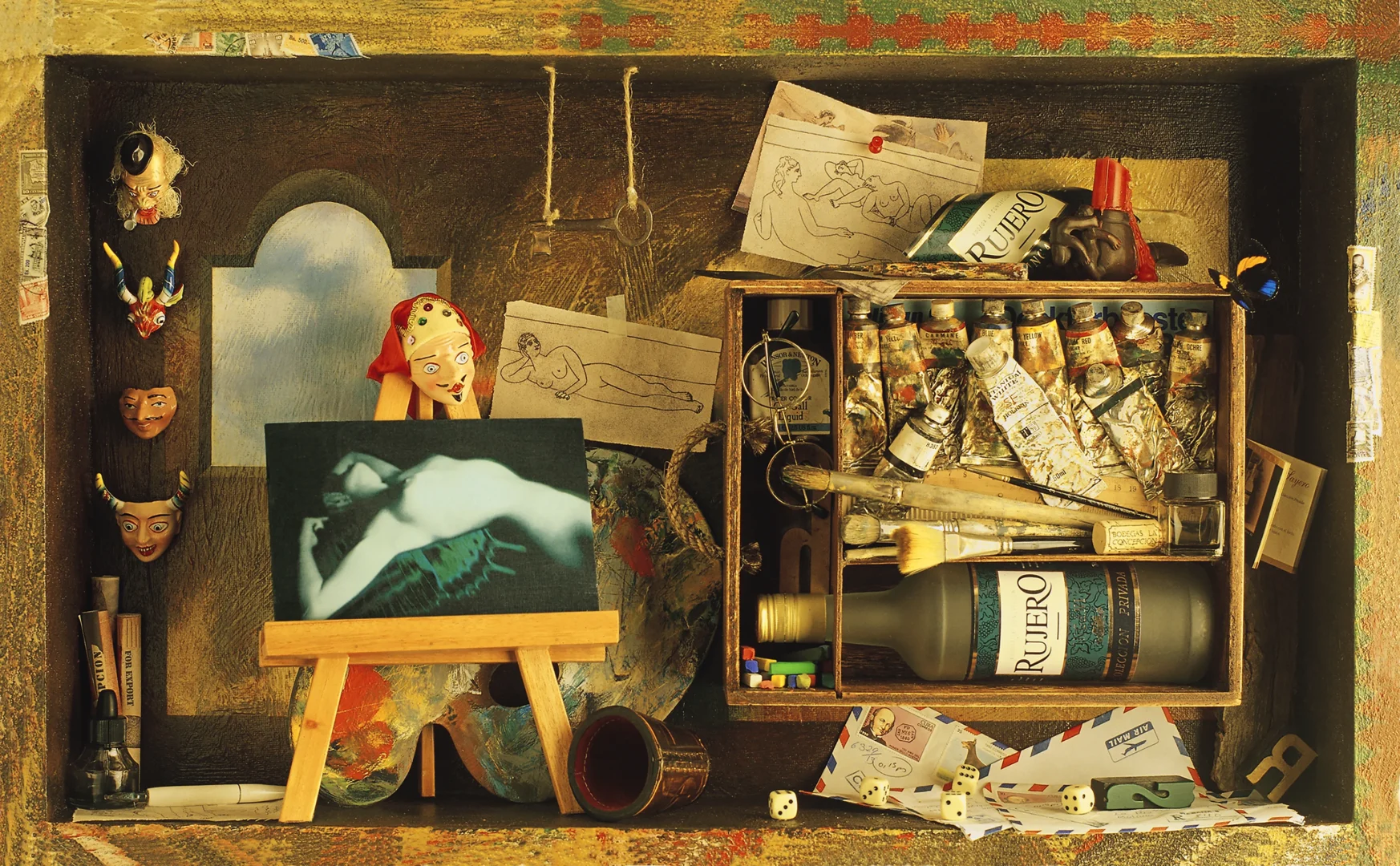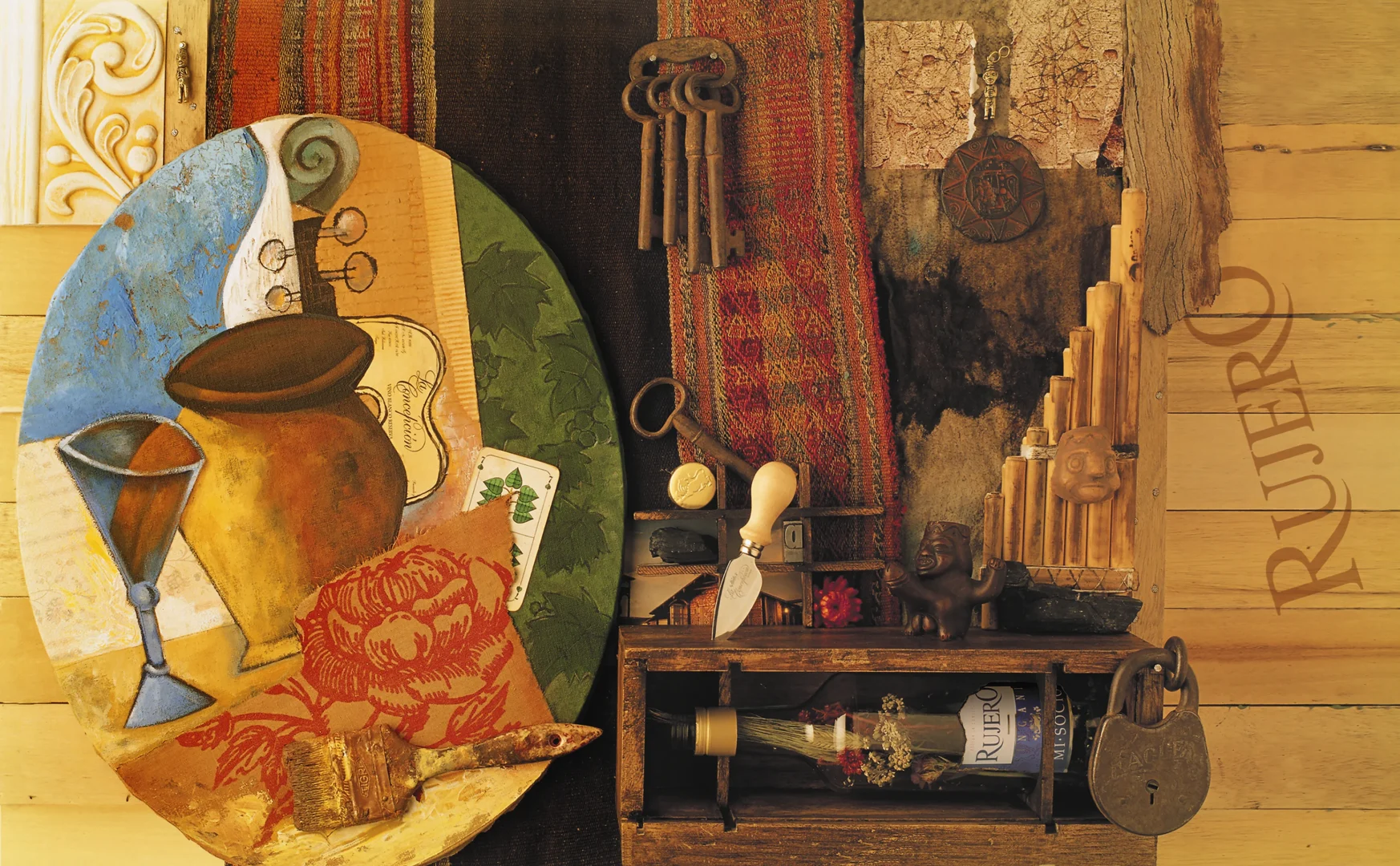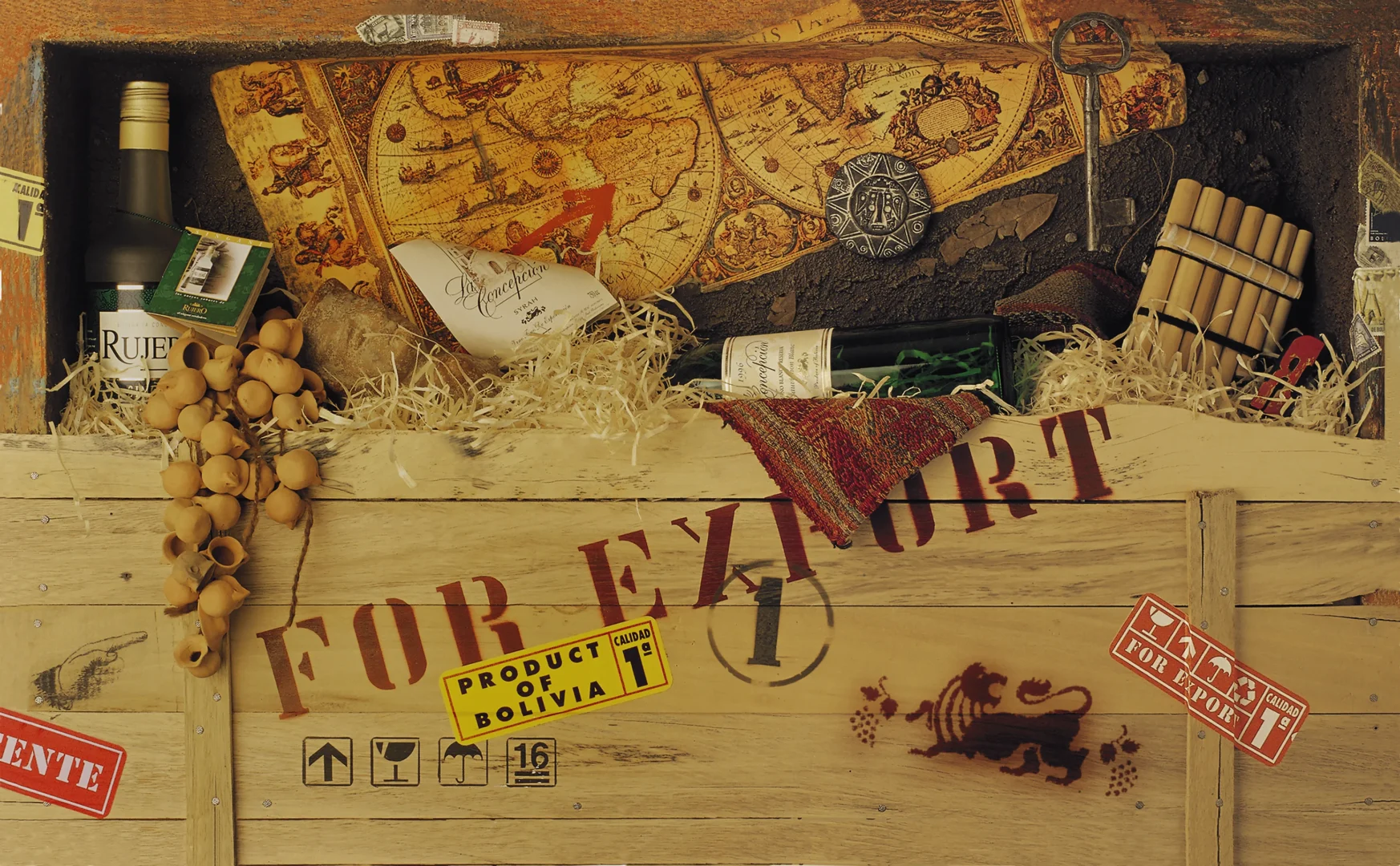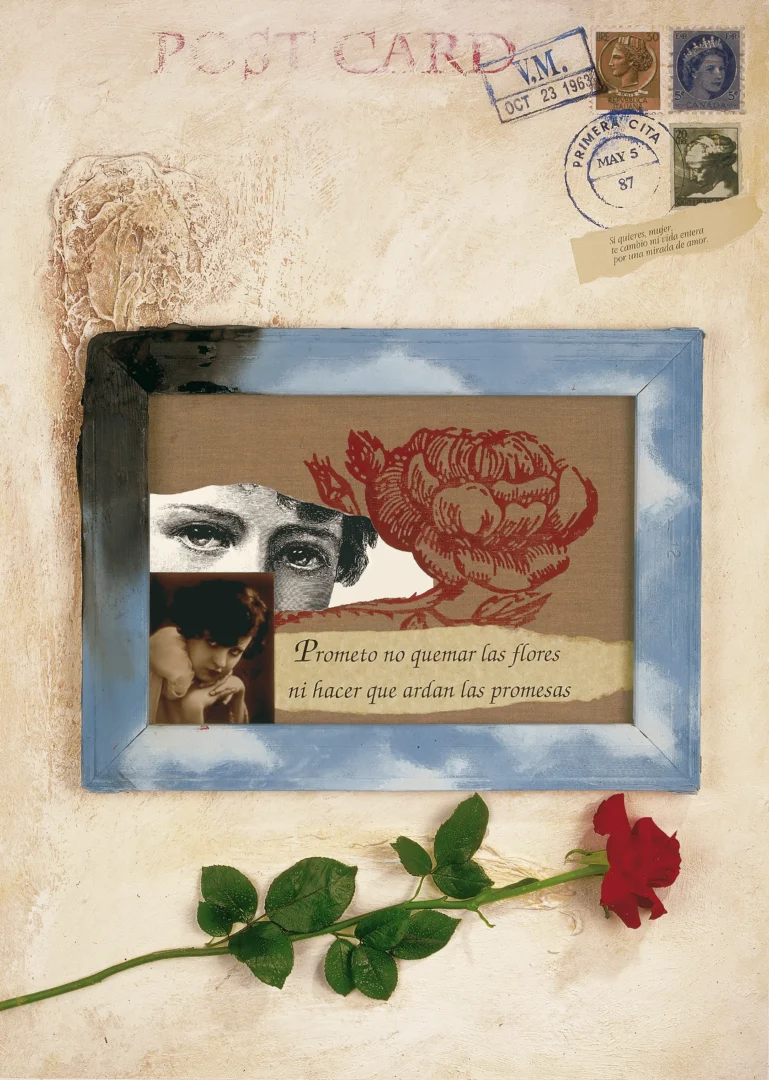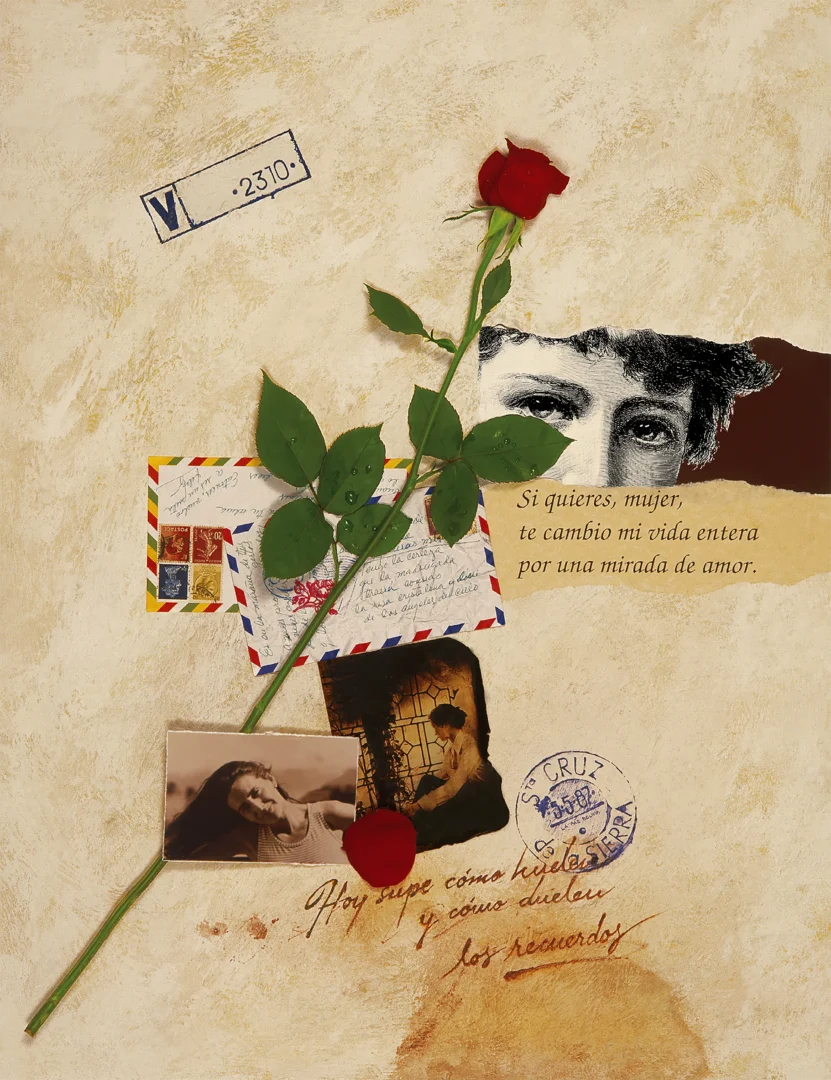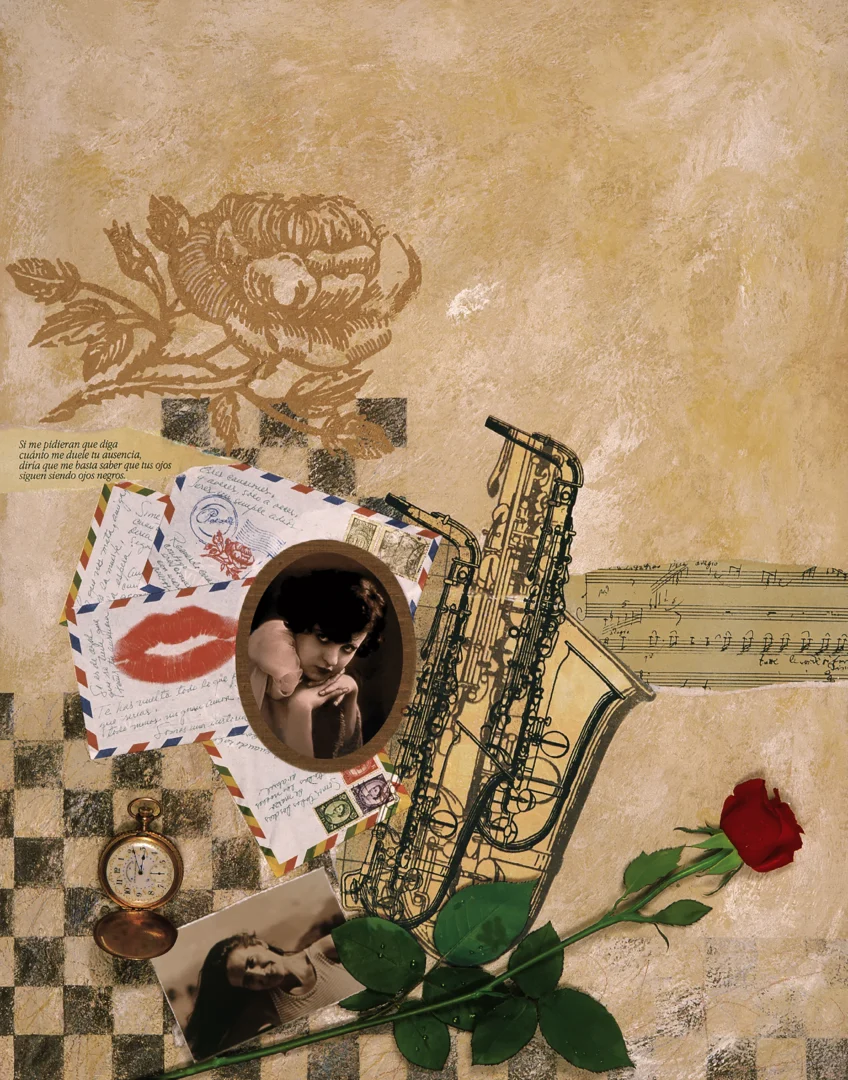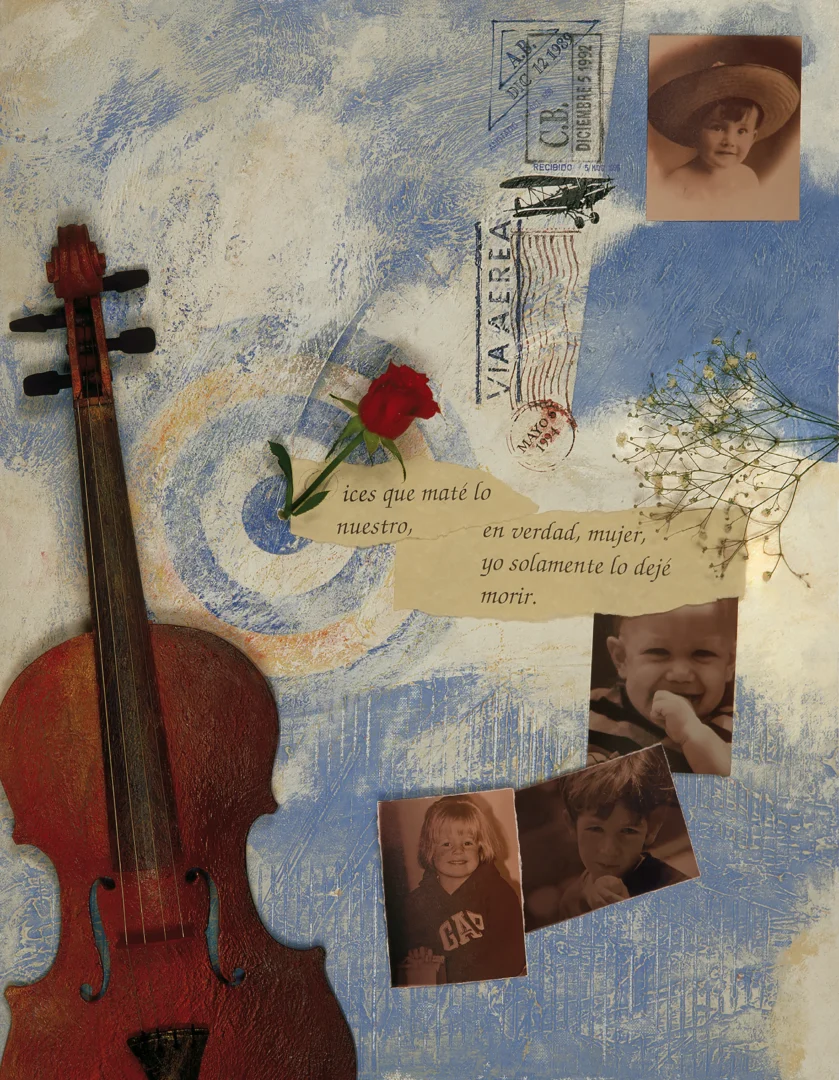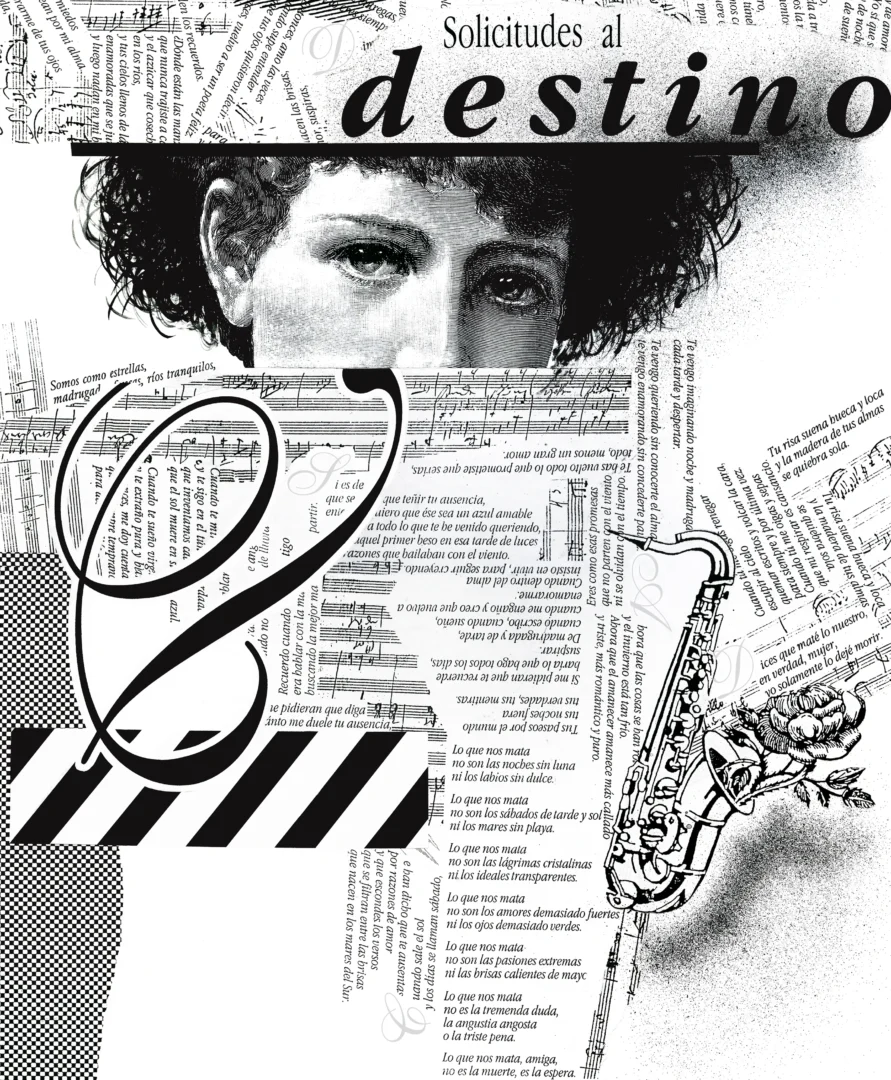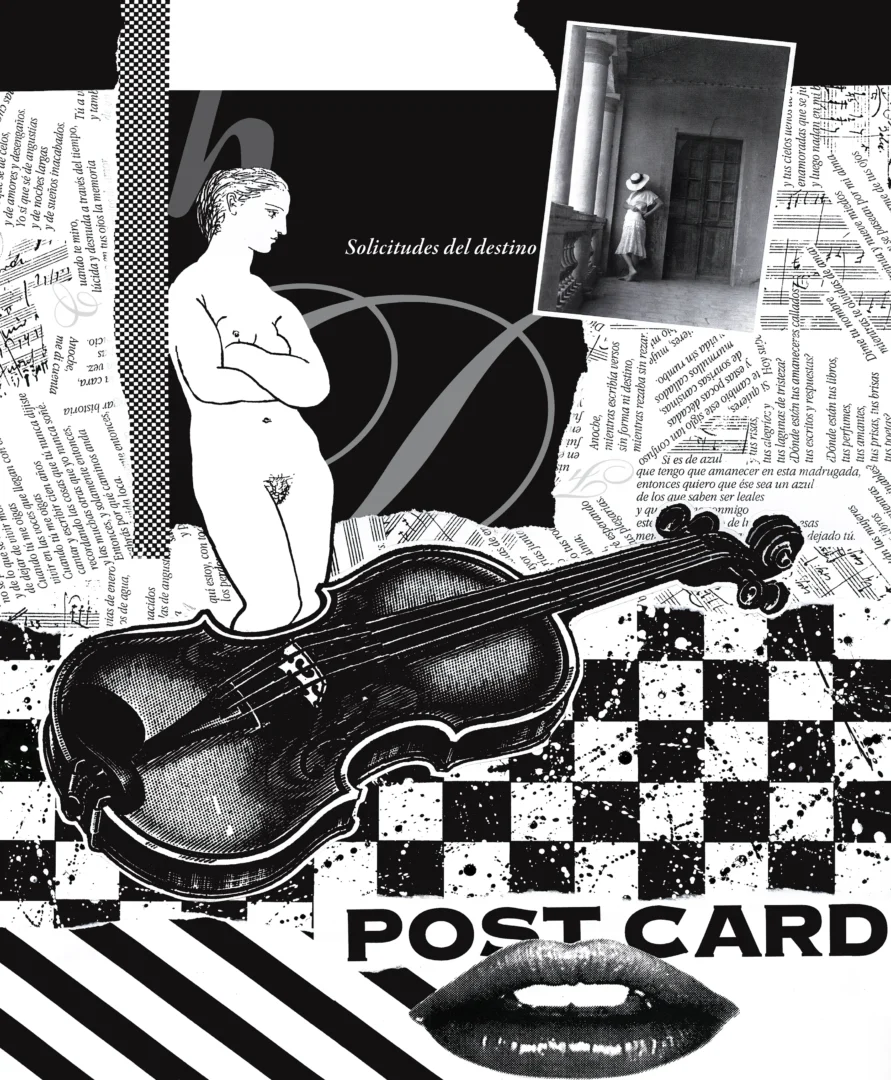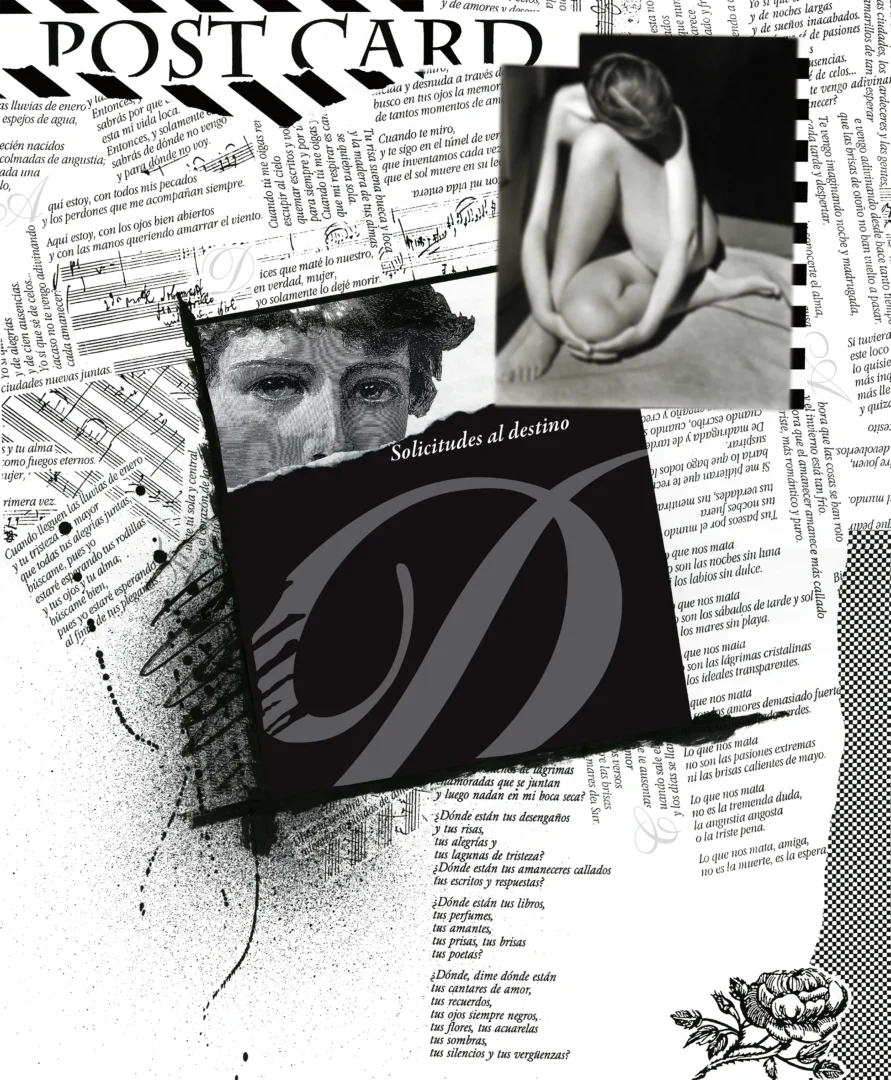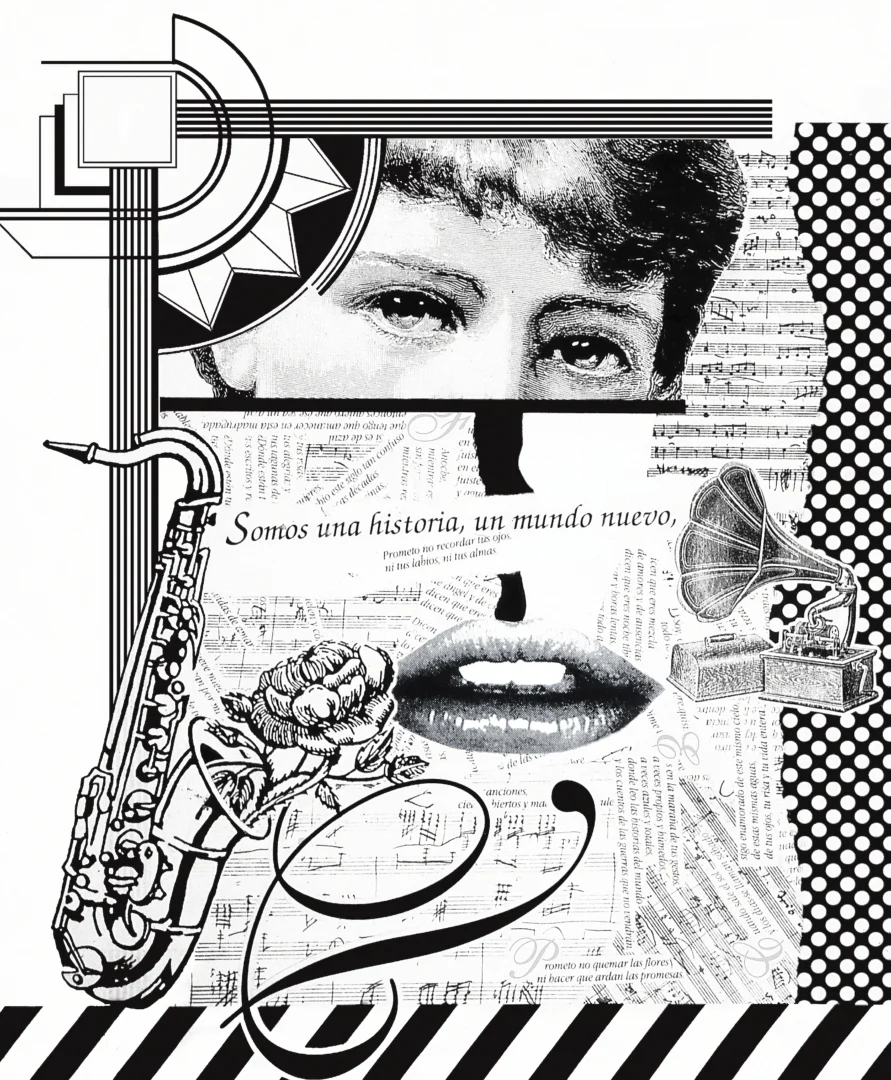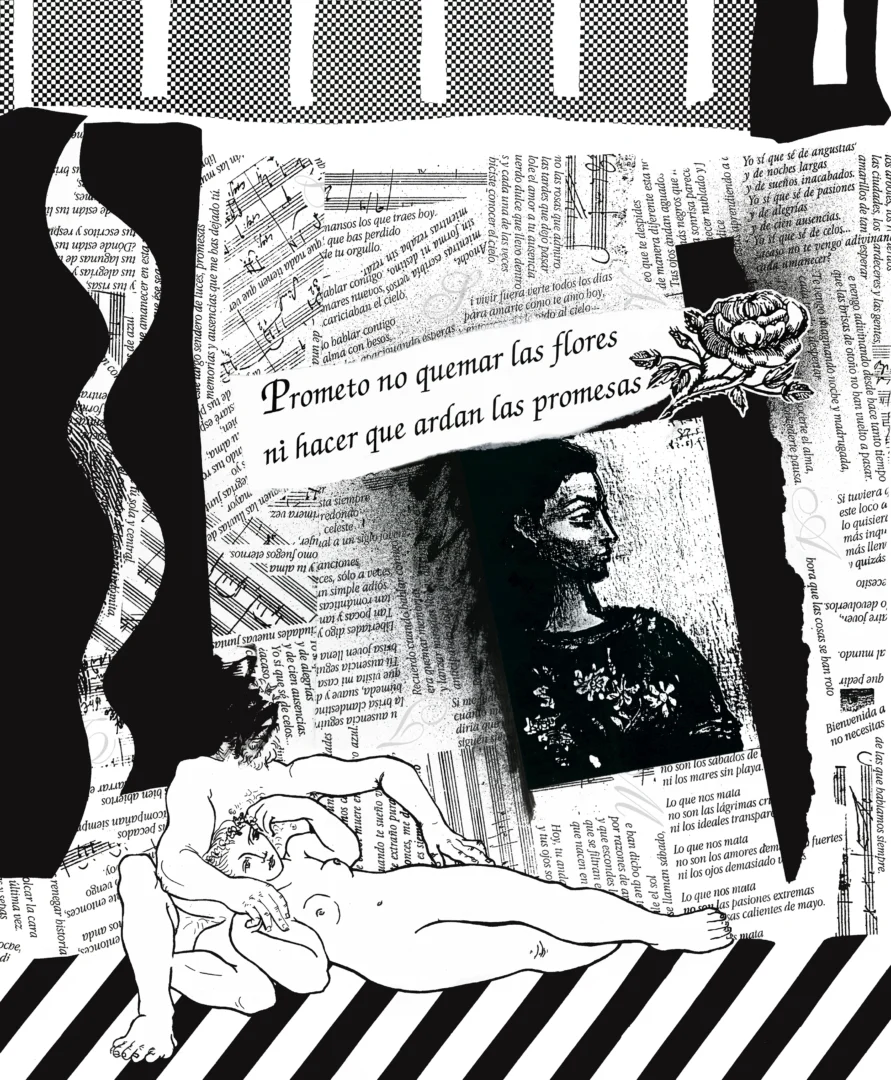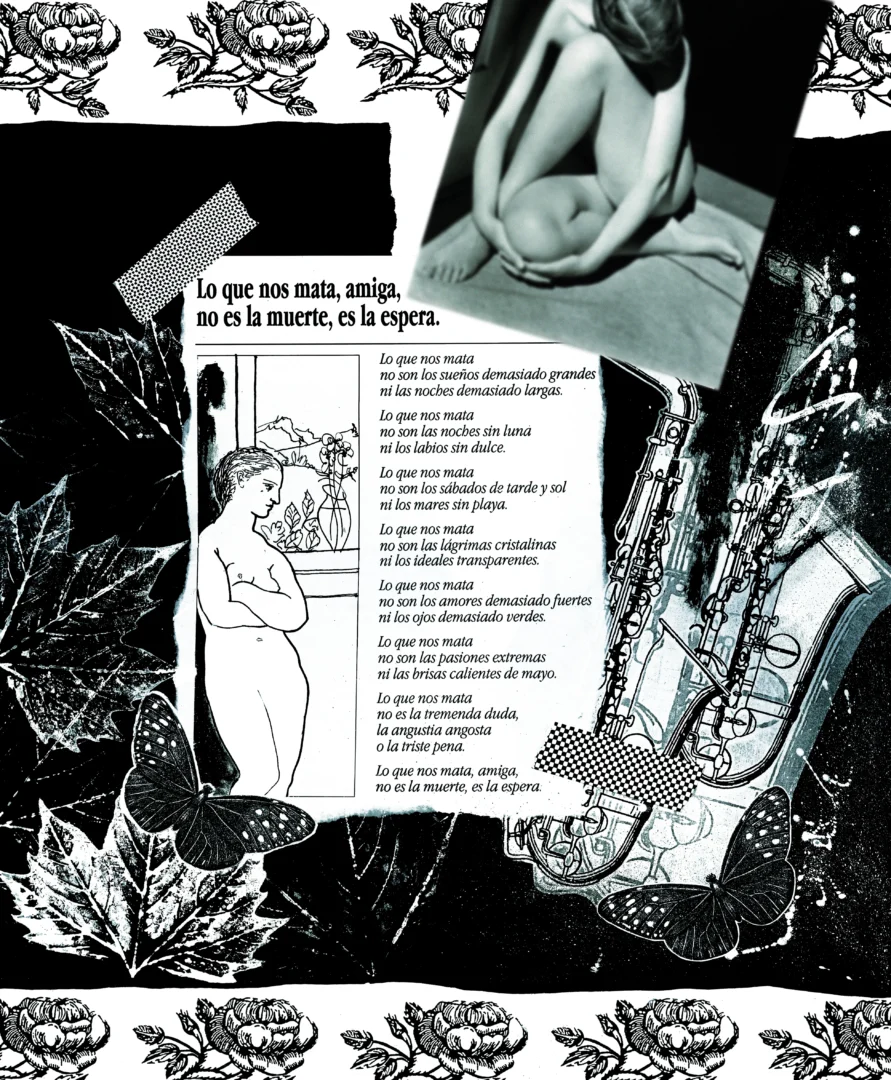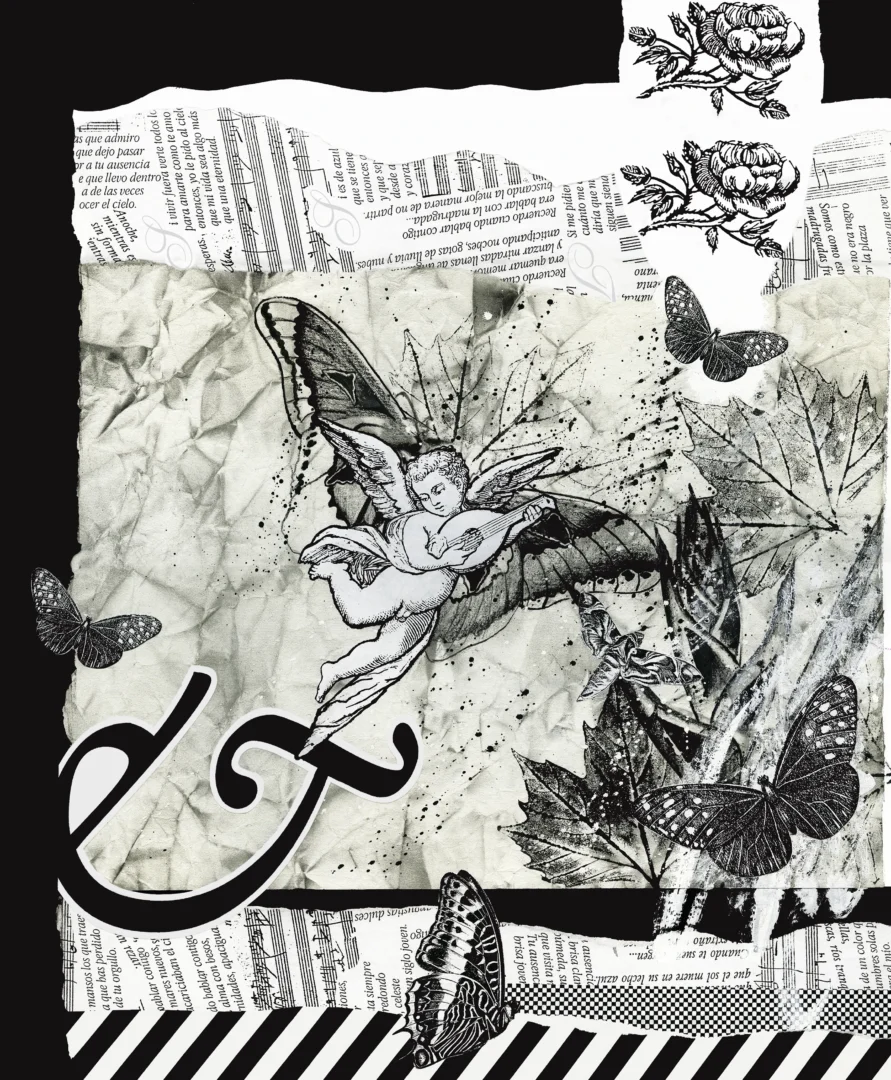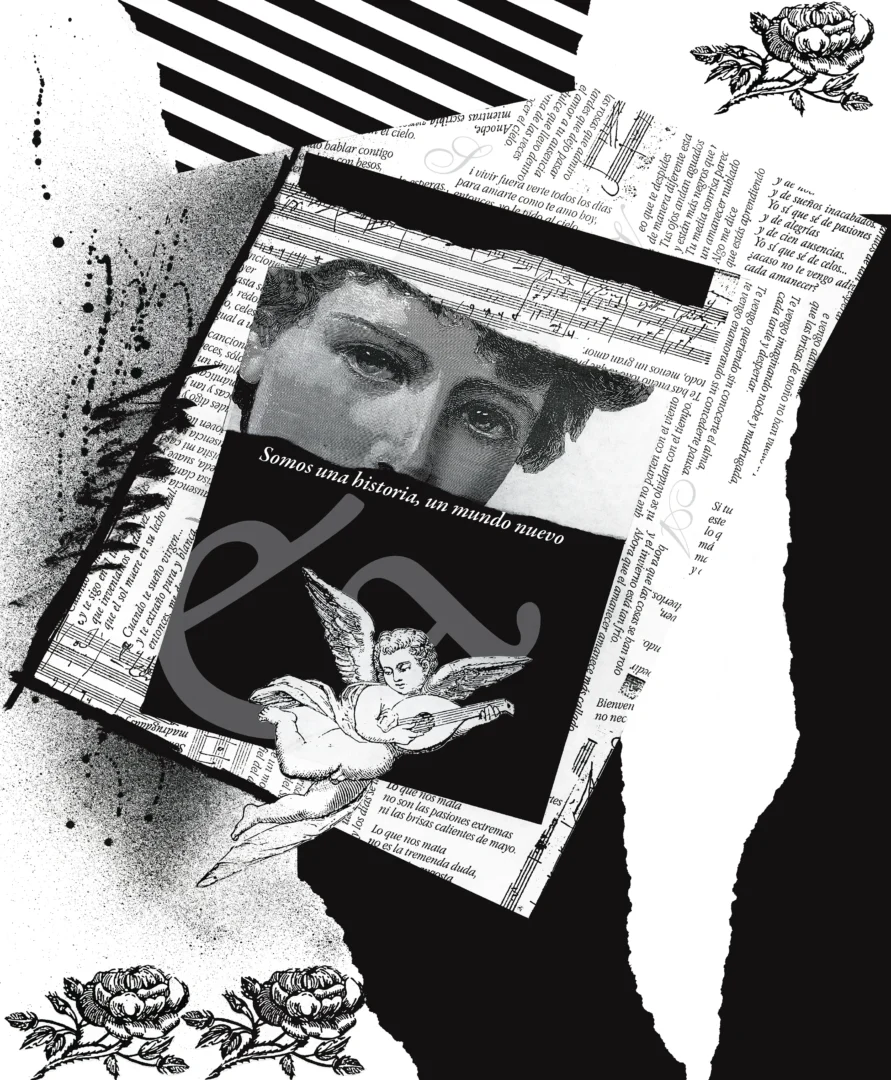Presentación
Mauro Bertero Gutiérrez
El diseño gráfico, disciplina de mensajes icónicos cuya centralidad creadora es capaz de generar cambios en el orden cultural y en la estructura cognitíva de las sociedades, es portadora de cargas semánticas y corrientes estéticas que dejan profunda huella en la sensibilidad reflexiva de generaciones enteras y por ello exige capacidad de análisis y síntesis, flexibilidad de criterio y actualización permanente.
Es en este sentido que se hace difícil dividir el carácter de una obra artística, como si se pudiesen trazar dos caminos separados, uno material y otro espiritual. Este es el desafío que nos impone el hablar de las obras de un ser humano excepcional, un amigo entrañable y un artista cuya presencia define claramente un antes y un después en el diseño gráfico en Bolivia.
La trayectoria del arte de Ernesto de la Caridad Azcuy Domínguez – cubano de nacimiento y boliviano por adopción – a quien tengo el privilegio de cono- cer desde las tempranas horas de la tarde del 9 de enero de 1996, está marcada por la versatilidad, el coraje, la fe y el compromiso.
En todo lo que realiza, Ernesto deja constancia explícita del sentimiento y la conciencia del tiempo que le ha tocado vivir a lo largo de estos treinta y cinco años de actividad creadora, desde las primeras jornadas en la Imprenta del Ministerio de la Industria Sideromecánica, entre las calles La Rosa y Lombi- Ilo de la Ciudad de La Habana, haciendo las veces de escuela de vida y calmando la temprana sed de conocimiento de técnicas tradicionales acompañada de la complicidad de maestros que el destino puso en su camino.
Artista polifacético, gestor de la Bienal Internacional del Cartel y fundador de Catalográfica – Catálogo del Diseño Gráfico e llustración – concienzudo labrador de la imagen con el hábito de trabajar de noche y cuidando siempre hasta el más mínimo de- talle como si de ello dependiera la vida – la obra de Ernesto es sinónimo de calidad, profesionalismo y autocrítica permanente.
Desde la perspectiva del alma del artista, «Insomnia» es un apretado resumen de pasiones, virtudes y hábitos. Pasiones derivadas de una forma par- ticular de ver la vida e interpretar la experiencia humana. Virtudes construidas desde la ética del trabajo y heredadas por vía de la tradición familiar. Hábitos acuñados por la nostalgia, la búsqueda de lo perfecto, la ilusión preñada de luz y colores, la mano que traduce la idea en imagen y la obra que proyecta la intensidad del misterio y la transparencia refinada de lo bello.
En mi opinión, «Insomnia» bien podría ser un libro de música, dado el efecto que sus imágenes son capa- ces de provocar en el ánimo de quien las observa detenidamente. Desde la selección de colores con la consiguiente y muy vasta gama de significados sim- bólicos hasta el detalle de las formas afirmando la vida misma reflejada en la sofisticación de lo visual.
Este es un libro de arte y a su vez un testimonio de vida. Gracias a una tesonera labor de recuperación de originales, cuidadosamente digitalizados, Ernesto nos regala hoy una bitácora de los caminos trazados en el mar de su propio enriquecimiento artístico y densidad expresiva.
Este es un libro de imágenes y a su vez una íntima ofrenda a la libertad. La libertad a la cual se tie- ne derecho desde que se nace pero que rara vez ofrece garantías de felicidad eterna. La libertad de la cual esperamos siempre demasiado sin darnos cuenta que la vida se define como una serie de experimentos no definitivos y respuestas individuales tentativas y por ende limitadas por nuestra condi- ción de seres mortales.
Este libro es genuina mezcla del eterno retorno y la unidad del lado visible de realidades temporales con el trasfondo de la búsqueda constante de la salvación del artista. Crear imágenes sensibles que traduzcan las alegrías y las tristezas del corazón hu- mano es tarea compleja y por ello exige dedicación total y un espíritu fuerte y decidido.
Los artistas como Ernesto de la Caridad Azcuy Domínguez, son seres generosos, con vocación aventurera y capaces de leer los versos que traen las brisas de lo que sueñan los pueblos. Para ello se hace necesario arriesgarlo todo para reconocer que la vida – cada vida – es una obra de arte y es responsabilidad de cada uno de nosotros, juntar los fragmentos de lo vivido para ser autores del poema que mejor defina nuestro existir.
Presentation
Mauro Bertero Gutiérrez
Graphic design, a discipline of iconic messages whose creative centrality can produce changes in the cultural order and cognitive structure of societies, is also a carrier of semantic and aesthetic trends which leave a profound mark on generations, thus requiring analysis and synthesis capability, flexible judgment and constant updates.
In this sense, it is difficult to divide the character of an artistic work, as if one were able to draw two separate pathways, one physical and one spiritual. This is the challenge imposed on us by talking about the work of and exceptional human being, a dear friend and an artist whose presence clearly defines a «before» and an «after» in Bolivia’s graphic design.
Ernesto de la Caridad Azcuy Dominguez’s art trajectory Cuban born, Bolivian by adoption – whom I have the privilege of knowing since the early afternoon of January 9, 1996, is marked by versatility, courage, faith and commitment.
In everything he does, Ernesto leaves behind a testimony of feelings and the consciousness of the time he has lived for the last thirty-five years of creative activity, from the early days at the Ministry of the Iron and Steel Industry Press, between La Rosa and Lombillo Streets of the City of Havana, learning from the school of life and calming the early thirst for knowledge of traditional techniques along with the complicity of the teachers destiny put in his way.
A versatile artist, promotor of the International Poster Biennial and founder of «Catalografica a Graphic Design & Illustration Magazine conscientious worker, with the habit of working at night and always taking care of even the smallest detail as if life depended on it – Ernesto’s work is synonymous with quality, professionalism and constant self-learning
From the perspective of the artist’s soul, «Insomnia» is a brief summary of passion, virtue and habit. Passion, arising from a particular way of understanding life and interpreting human experience. Virtue, built from the work ethic and inherited by way of family tradition. Habit, coined by nostalgia, the search for perfection, the illusion full of light and colors, the hand that translates the idea into an image and projects the intense transparency of beauty’s refined mistery.
In my opinion, «Insomnia» could well be a book about music, given the effect its images are able to generate in the mind of those who observe them carefully. From the selection of colors with the consequent and very wide array of symbolic meanings to the very detail of the same life-affirming ways reflected in the sophistication of the visual imagery
This is a book of art and at the same time a testimony of life. Thanks to a tenacious recovery effort of original prints and careful digital scanning, Ernesto offers us a log of the paths outlined in the sea of his own artistic enrichment and density of expression.
This is a book of images and at the same time an intimate offering to freedom. Freedom to which we all have the right at birth, but which rarely guarantees us eternal happiness. Freedom from which we always expect too much, without realizing that life itself is defined as a series of non-definitive experiments and tentative individual responses and thus limited by our mortal condition.
This book is a genuine mix of eternal return and the evident unity of the temporary and visible realities with the constant search for the artist’s salvation. Creating responsive images which translate the joys and sorrows of the human heart is a complex task and it requires total dedication, a strong spirit and mind.
Artists like Ernesto de la Caridad Azcuy Domínguez are generous beings, adventurous minded and capable of reading the verses brought by the breeze of people’s dreams. To do this it is necessary to risk everything in order to recognize that life – every life – is a work of art. And it is the responsibility of each one of us to piece together the fragments of lived experiences, to be the authors of the poem that best defines our existence.
La Paz, Bolivia, julio de 2010
